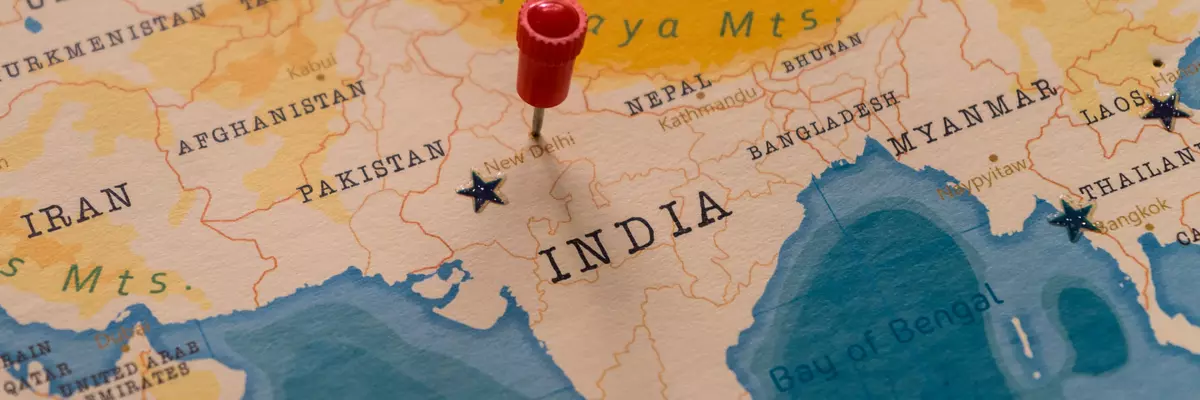Mumbai, India's largest city, is characterized by proximity to the sea, a tropical climate and year-round warm to hot temperatures. Both dry and rainy seasons have their charms and make for impressive travel experiences in this vibrant coastal metropolis.

